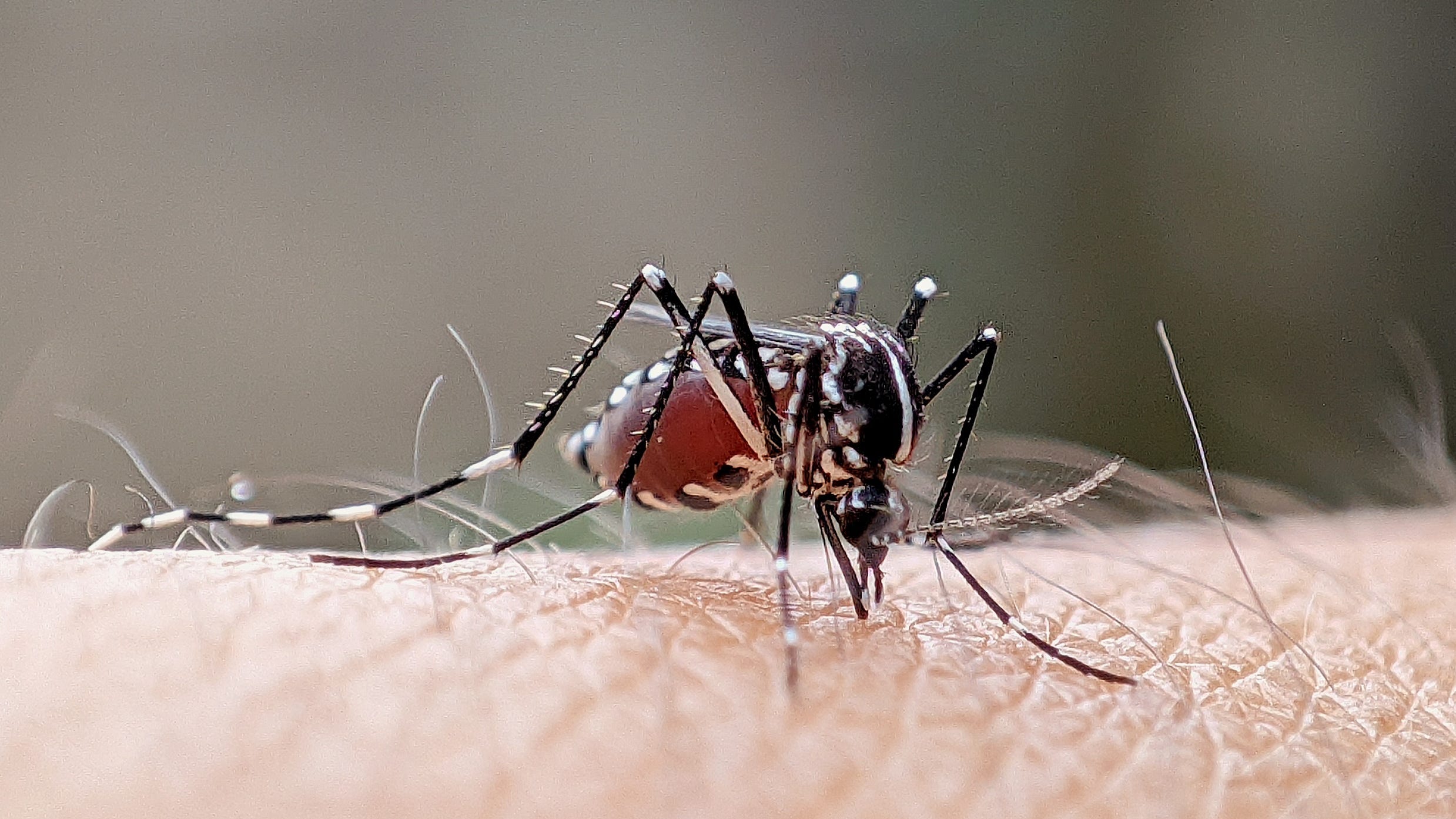Sloth fever found in US. What to know about insect-borne virus
U.S. health officials are warning travelers about a potentially deadly insect-borne virus known as sloth fever that has infected 21 U.S. residents returning from Cuba and thousands more in South America and the Caribbean.
More than 8,000 cases of Oropouche virus disease have been reported through Aug. 1 in Brazil, Bolivia, Peru, Colombia and Cuba. Cases also have also surfaced in the U.S. and Europe involving travelers returning from Cuba and Brazil, the Centers for Disease Control and Prevention reported Wednesday.
What is sloth fever?
Sloth fever is an informal name for Oropouche virus infections first found in Trinidad and Tobago in 1955. The virus spreads by midges and mosquito bites and is endemic in central and eastern South America.
During the current outbreak, cases have been detected in Brazil, Bolivia, Peru, Colombia and Cuba. In the U.S., cases have been limited to travelers returning to Florida or New York from Cuba. While Oropouche virus is informally known as sloth fever, the disease also can be transmitted to rodents, monkeys and birds.
What are the symptoms of sloth fever?
Most infections are mild but two otherwise healthy Brazil women, ages 24 and 21, died after contracting Oropouche virus, officials said. The symptoms, which appear three to 10 days after a person has been infected, include fever, chills, headaches and muscle and joint pain or stiffness. Other symptoms may include vomiting, diarrhea, fatigue, rash, stomach pain, light sensitivity and eye redness. Doctors treat symptoms with rest, fluids and acetaminophen for fever and pain.
Public health officials say they are especially concerned about cases involving mother-to-fetus transmission.
There is no vaccination and there are no antiviral treatments for Oropouche.
Can the virus be transmitted from a mother to a fetus?
Lab testing identified five cases in which an infected mother appeared to pass the virus to a fetus. One fetus died and four others reported microcephaly, a birth defect in which a baby’s head is smaller than normal. The CDC said the reports suggest the virus is linked to “fetal death and possible congenital malformations” that have “raised concerns about the threat of Oropouche virus to human health.”
The CDC said these cases highlight the urgency of reducing the spread to the U.S. and other regions that have largely been unaffected.
I’m pregnant. Should I avoid travel to certain regions?
Because of the possible risk that pregnant individuals could pass the virus to a fetus, the CDC recommends doctors and other medical providers warn pregnant women who plan to travel to areas where cases have been transmitted about the dangers. Pregnant travelers should take steps to avoid insect bites and consider deferring travel to regions experiencing outbreaks of sloth disease, officials said.
Where were the U.S. cases reported?
A total of 20 Florida residents and one New York resident returning from Cuba had confirmed Oropouche virus infections.
Most patients were evaluated when they initially became ill, but three people experienced recurring symptoms. The median patient age was 48. The most common symptoms included fever, muscle pain, headache, fatigue and joint stiffness or pain. Other patients reported having diarrhea, stomach pain, nausea, vomiting, rash, back pain and bleeding.


